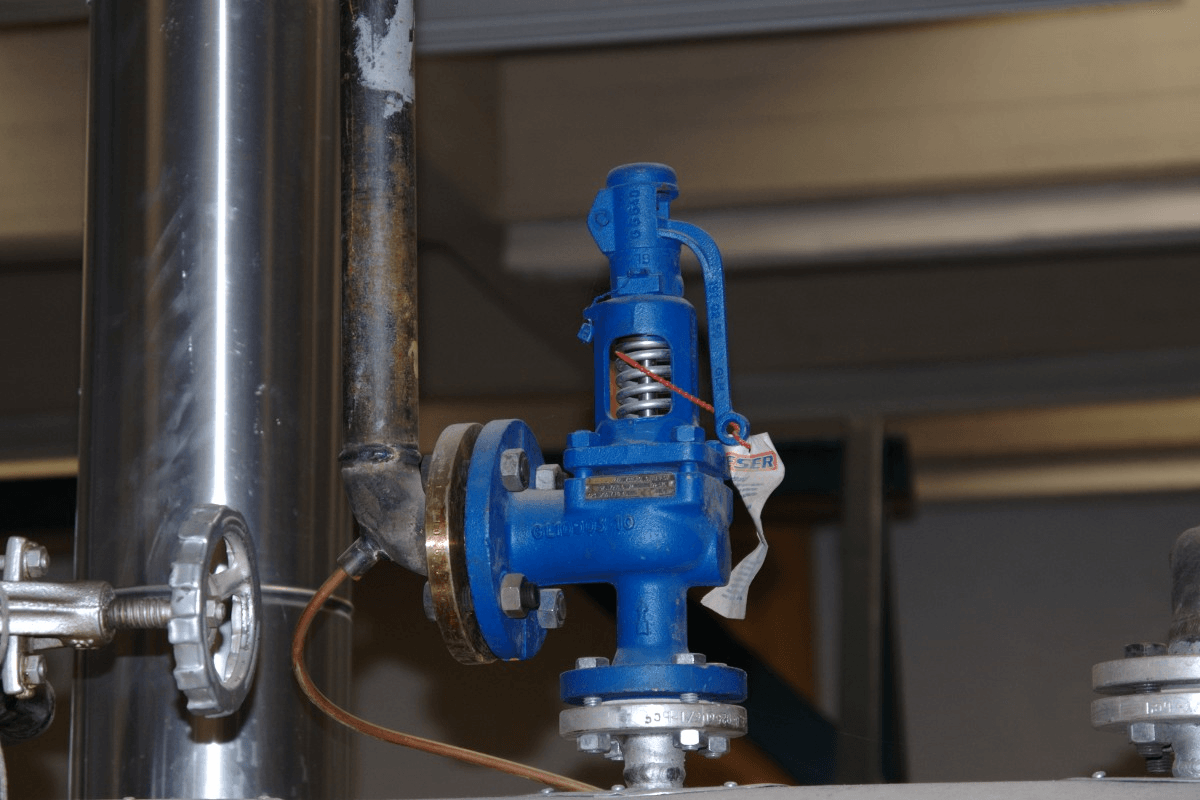Pressure Relief Valves (PRVs) are crucial components in various industrial systems, ensuring safety by preventing overpressure conditions. Understanding how to test PRV with water is essential for maintaining system integrity and performance. This guide will walk you through the steps, considerations, and best practices for effectively testing PRVs using water.

Understanding the Importance of PRVs
PRVs play a vital role in safeguarding equipment and personnel by releasing excess pressure from a system. They are commonly used in industries such as oil and gas, manufacturing, and chemical processing. Regular testing of PRVs is essential to ensure their reliability and effectiveness in preventing accidents and equipment damage.
Why Test PRV with Water?
Testing PRVs with water is a common practice because water is a safe and readily available medium. It provides a controlled environment for evaluating the valve’s performance without the risks associated with testing under actual operating conditions. Water testing helps identify issues such as leaks, blockages, or improper calibration that could compromise the valve’s functionality.
Key Considerations for Water Testing
Before conducting a water test on a PRV, there are several important factors to consider:
- System Compatibility: Ensure that the PRV and the system it is installed in are compatible with water testing. Some materials or designs may not be suitable for water exposure.
- Testing Environment: Conduct the test in a controlled environment to prevent contamination and ensure accurate results.
- Safety Precautions: Follow appropriate safety protocols to protect personnel and equipment during the testing process.
Step-by-Step Guide to Testing PRV with Water
1. Preparation and Setup
Begin by gathering all necessary equipment and tools, including pressure gauges, water supply, and safety gear. Ensure that the PRV is properly installed and that all connections are secure.
2. Initial Inspection
Conduct a visual inspection of the PRV to check for any visible signs of damage or wear. Look for corrosion, cracks, or other defects that may affect its performance.
3. Connect the Water Supply
Connect the water supply to the PRV inlet, ensuring that all connections are tight and leak-free. Use a pressure gauge to monitor the pressure applied to the valve during the test.
4. Conduct the Test
Gradually increase the water pressure to the PRV’s set pressure. Monitor the valve’s response to ensure that it opens at the correct pressure and releases water as expected.
5. Observe and Record Results
Carefully observe the PRV’s performance throughout the test. Record any anomalies or deviations from the expected behavior, such as premature opening, delayed response, or leaks.
6. Post-Test Inspection
After the test, conduct another visual inspection of the PRV. Check for any signs of damage or changes in the valve’s condition. Ensure that the valve reseats properly and maintains a tight seal.
Common Issues and Troubleshooting
During water testing, you may encounter common issues such as:
- Inconsistent Opening Pressure: If the PRV does not open at the set pressure, it may require recalibration or adjustment.
- Leaks: Check for leaks around the valve and connections. Tighten fittings or replace gaskets as needed.
- Corrosion: Corroded components can affect the valve’s performance. Consider replacing damaged parts to ensure proper functionality.
Maintaining PRV Performance
Regular maintenance and testing are essential for ensuring the long-term performance of PRVs. Establish a maintenance schedule that includes periodic water testing and inspections to identify and address potential issues before they escalate.
Industry Standards and Guidelines
Adhering to industry standards and guidelines is crucial for ensuring the safety and reliability of PRVs. Familiarize yourself with relevant standards, such as those established by the American Society of Mechanical Engineers (ASME) and the National Board of Boiler and Pressure Vessel Inspectors (NBBI).
For more detailed information on PRV design standards, visit PRV Design Standards.
Benefits of Regular PRV Testing
Regular testing offers several benefits, including:
- Safety Assurance: Ensures that PRVs function correctly and prevent overpressure events.
- Cost Savings: Identifies potential issues early, reducing the risk of costly repairs or replacements.
- Compliance: Helps meet regulatory requirements and industry standards.
Advanced Testing Techniques
In addition to water testing, advanced techniques such as gas testing and computerized simulations can provide further insights into PRV performance. These methods may be more suitable for specific applications or environments.
Conclusion
Knowing how to test PRV with water is essential for maintaining the safety and efficiency of industrial systems. By following the steps outlined in this guide, you can ensure that your PRVs perform reliably and effectively. Remember to adhere to industry standards and conduct regular maintenance to keep your systems running smoothly.
For more information on PRV replacement procedures, visit PRV Replacement Procedure.

Frequently Asked Questions
1. What is the purpose of a PRV?
A Pressure Relief Valve (PRV) is designed to release excess pressure from a system, preventing overpressure conditions that could lead to equipment damage or safety hazards.
2. Why is water used for testing PRVs?
Water is commonly used for testing PRVs because it is a safe and readily available medium. It allows for controlled testing conditions without the risks associated with testing under actual operating conditions.
3. How often should PRVs be tested?
The frequency of PRV testing depends on factors such as the operational environment, industry standards, and manufacturer recommendations. Regular testing is essential to ensure the valve’s reliability and performance.
This article contains affiliate links. We may earn a commission at no extra cost to you.



